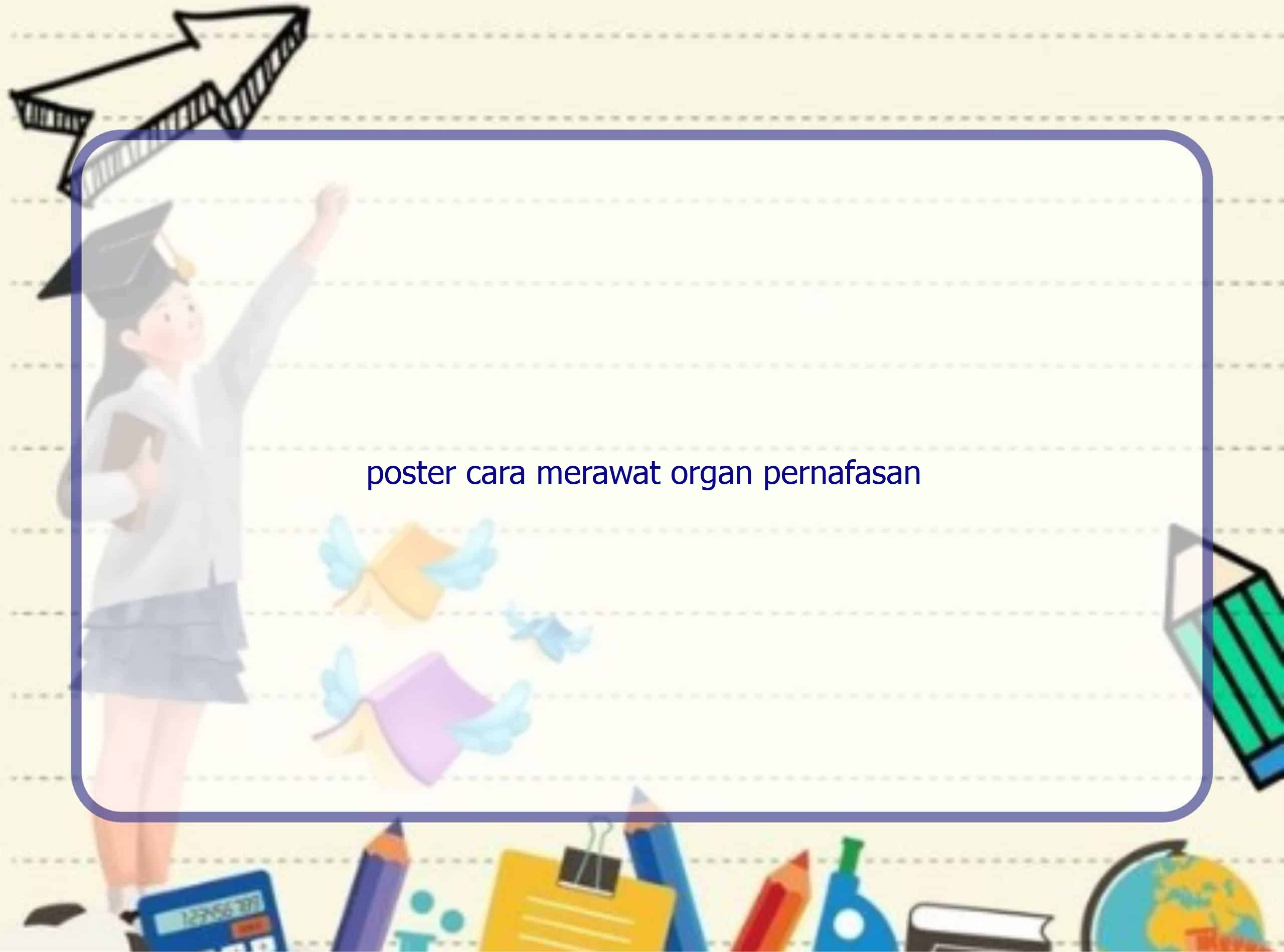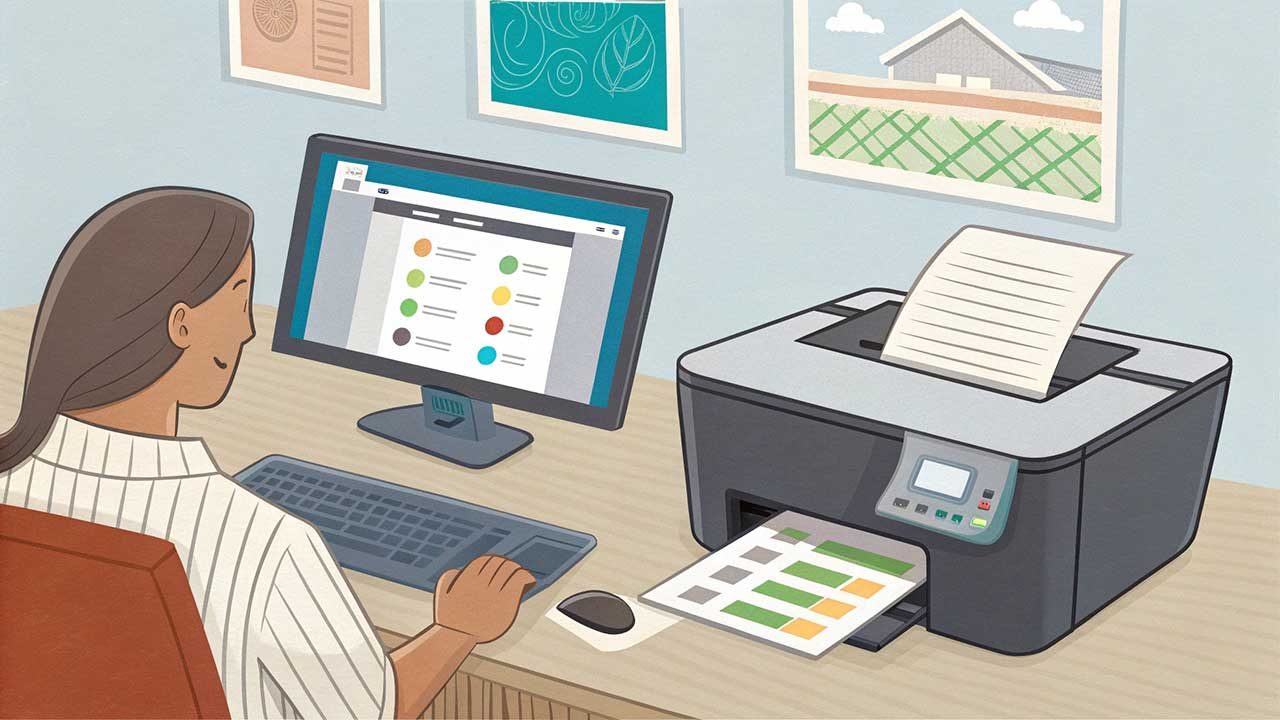Rintiksedu.id here, and in this article, we will explore the fascinating world of the human respiratory system. As someone who has experience and knowledge about caring for the respiratory organs, I understand the importance of maintaining their health. In this article, we will discuss various aspects of caring for the respiratory system and provide valuable information for you. So, let’s dive in!
Anatomy and Function
The Upper Respiratory Tract
The respiratory system can be divided into two main parts: the upper and lower respiratory tracts. The upper respiratory tract includes the nose, sinuses, pharynx, and larynx. These organs play a crucial role in filtering, warming, and moistening the air we breathe.
The Lower Respiratory Tract
The lower respiratory tract consists of the trachea, bronchi, and lungs. The trachea, commonly known as the windpipe, allows the passage of air into the lungs. The bronchi further divide into smaller tubes called bronchioles, which eventually lead to the alveoli, where the actual exchange of gases takes place.
Common Conditions
Upper Respiratory Tract Conditions
Several conditions can affect the upper respiratory tract, including allergies, the common cold, laryngitis, pharyngitis, and sinusitis. Allergies can cause inflammation and congestion, leading to symptoms such as sneezing, runny nose, and itching. The common cold is a viral infection that causes symptoms like a stuffy or runny nose, sore throat, and cough. Laryngitis and pharyngitis are conditions characterized by inflammation of the larynx and pharynx, respectively. Sinusitis occurs when the sinuses become inflamed, leading to symptoms such as facial pain and pressure.
Lower Respiratory Tract Conditions
Conditions affecting the lower respiratory tract include asthma, bronchitis, chronic obstructive pulmonary disease (COPD), emphysema, lung cancer, and pneumonia. Asthma is a chronic condition that causes the airways to become narrow and inflamed, leading to symptoms like wheezing, shortness of breath, and coughing. Bronchitis is an inflammation of the bronchial tubes, often caused by a virus or bacteria. COPD is a progressive lung disease that includes chronic bronchitis and emphysema. Emphysema involves damage to the air sacs in the lungs, leading to difficulty breathing. Lung cancer and pneumonia are serious conditions that require prompt medical attention.
Treatments
Bacterial Infections
If your respiratory condition is caused by bacteria, your doctor may prescribe antibiotics. Bacterial infections, such as certain types of pneumonia, strep throat, or sinusitis, require specific antibiotics to eliminate the infection. It’s important to complete the full course of antibiotics as prescribed, even if you start feeling better.
Viral Infections
Most upper respiratory tract infections, such as the common cold, are caused by viruses. Unfortunately, there is no specific treatment for viral infections. The best approach is to rest, stay hydrated, and manage the symptoms. Over-the-counter medications can help relieve symptoms such as fever, nasal congestion, and sore throat. It’s important to consult a healthcare professional if symptoms worsen or persist.
Chronic Conditions
Chronic respiratory conditions like allergies, asthma, COPD, lung cancer, and emphysema require long-term management. Allergies can be managed through avoidance of triggers, medication, and immunotherapy. Asthma is typically managed with inhalers and avoiding triggers. COPD, lung cancer, and emphysema may require a combination of medications, pulmonary rehabilitation, supplemental oxygen, and, in some cases, surgery.
When to See a Doctor
It is important to seek medical attention if you experience persistent or worsening respiratory symptoms. If you have a high fever, severe shortness of breath, chest pain, or coughing up blood, you should immediately seek emergency medical care. Your healthcare provider can evaluate your symptoms, perform necessary tests, and provide appropriate treatment.
Takeaway
The respiratory system is vital for our overall well-being, as it ensures the exchange of oxygen and carbon dioxide in our bodies. Taking care of our respiratory organs is crucial for maintaining good health. By understanding the anatomy, common conditions, and treatments of the respiratory system, we can actively care for our respiratory health and reduce the risk of respiratory illnesses.
Frequently Asked Questions
1. Apa yang dimaksud dengan organ pernafasan?
Organ pernafasan terdiri dari berbagai bagian, seperti hidung, tenggorokan, paru-paru, dan bronkus, yang berperan dalam melakukan pertukaran gas pada tubuh manusia.
2. Apa saja penyakit yang dapat mempengaruhi organ pernafasan?
Beberapa penyakit yang dapat mempengaruhi organ pernafasan meliputi alergi, pilek, asma, bronkitis, kanker paru-paru, dan pneumonia.
3. Bagaimana cara merawat organ pernafasan?
Merawat organ pernafasan dapat dilakukan dengan menjaga kebersihan, menghindari paparan alergen, mengonsumsi makanan bergizi, dan berolahraga secara teratur. Juga penting untuk menghindari rokok dan polusi udara yang dapat merusak organ pernafasan.
4. Apakah infeksi pernafasan disebabkan oleh virus atau bakteri?
Infeksi pernafasan dapat disebabkan baik oleh virus maupun bakteri. Beberapa infeksi, seperti pilek, umumnya disebabkan oleh virus, sedangkan infeksi seperti sinusitis atau pneumonia dapat disebabkan oleh bakteri.
5. Kapan sebaiknya saya menghubungi dokter untuk masalah pernafasan?
Anda sebaiknya menghubungi dokter jika mengalami gejala pernafasan yang persisten, seperti sesak napas, nyeri dada yang parah, atau batuk berdarah. Juga, jika demam tinggi atau gejala semakin parah, segera mencari perawatan medis darurat.
6. Apakah semua penyakit pernafasan bisa disembuhkan?
Tidak semua penyakit pernafasan dapat disembuhkan sepenuhnya, terutama penyakit yang bersifat kronis seperti asma, COPD, atau emfisema. Namun, dengan pengobatan yang tepat dan perawatan yang baik, gejala penyakit pernafasan dapat dikontrol dan kualitas hidup dapat ditingkatkan.
7. Bagaimana cara mencegah infeksi pernafasan?
Anda dapat mencegah infeksi pernafasan dengan mencuci tangan secara teratur, menghindari kontak dengan orang yang sakit, menjaga jarak fisik, menghindari menyentuh wajah dengan tangan yang tidak bersih, dan menggunakan masker saat sedang sakit atau berada di area dengan udara yang tidak sehat.
8. Apakah gaya hidup dapat mempengaruhi kesehatan pernafasan?
Ya, gaya hidup dapat mempengaruhi kesehatan pernafasan. Merokok, polusi udara, pola makan yang tidak sehat, kurang olahraga, dan kebiasaan lainnya dapat meningkatkan risiko penyakit pernafasan.
9. Bagaimana diagnosis penyakit pernafasan dilakukan?
Diagnosis penyakit pernafasan dapat dilakukan melalui pemeriksaan fisik, anamnesis, tes fungsi pernapasan, pemeriksaan radiologi, dan tes laboratorium. Dokter juga dapat merujuk pasien untuk menjalani tes tambahan jika diperlukan.
10. Apakah ada vaksin untuk mencegah penyakit pernafasan?
Ya, ada beberapa vaksin yang dapat membantu mencegah penyakit pernafasan tertentu. Misalnya, vaksin influenza direkomendasikan untuk mencegah flu tahunan. Vaksin meningitis dan vaksin pneumonia juga tersedia untuk mencegah penyakit tersebut.
Kesimpulan
Merawat organ pernafasan merupakan langkah penting dalam menjaga kesehatan kita. Dengan pemahaman tentang anatomi, kondisi umum, dan pengobatan pada organ pernafasan, kita dapat secara aktif menjaga kesehatan pernapasan dan mengurangi risiko terkena penyakit pernapasan. Jagalah kualitas udara yang kita hirup, jaga kebersihan diri, dan konsultasikan keluhan pernapasan Anda kepada tenaga medis yang berkompeten untuk mendapatkan diagnosis dan pengobatan yang tepat.







